Gopher It
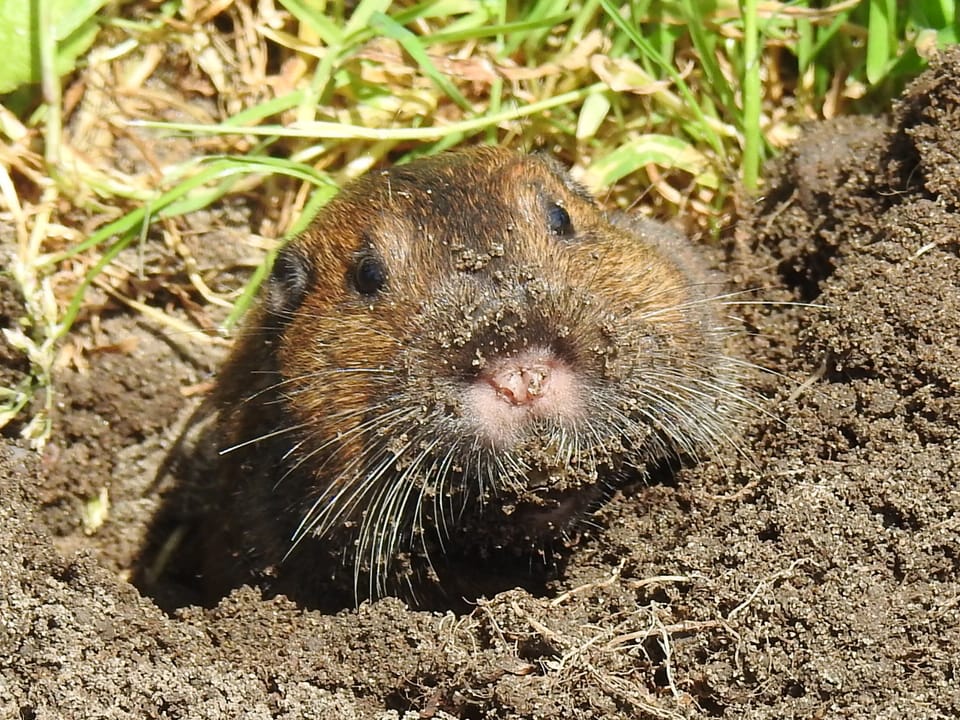
"They act like little rototillers."
In the 1980s, soon after Mt St Helens erupted and devastated everything within eight miles of the mountain, scientists did a simple experiment. On a couple test plots they built cages and released gophers for one day then removed them.
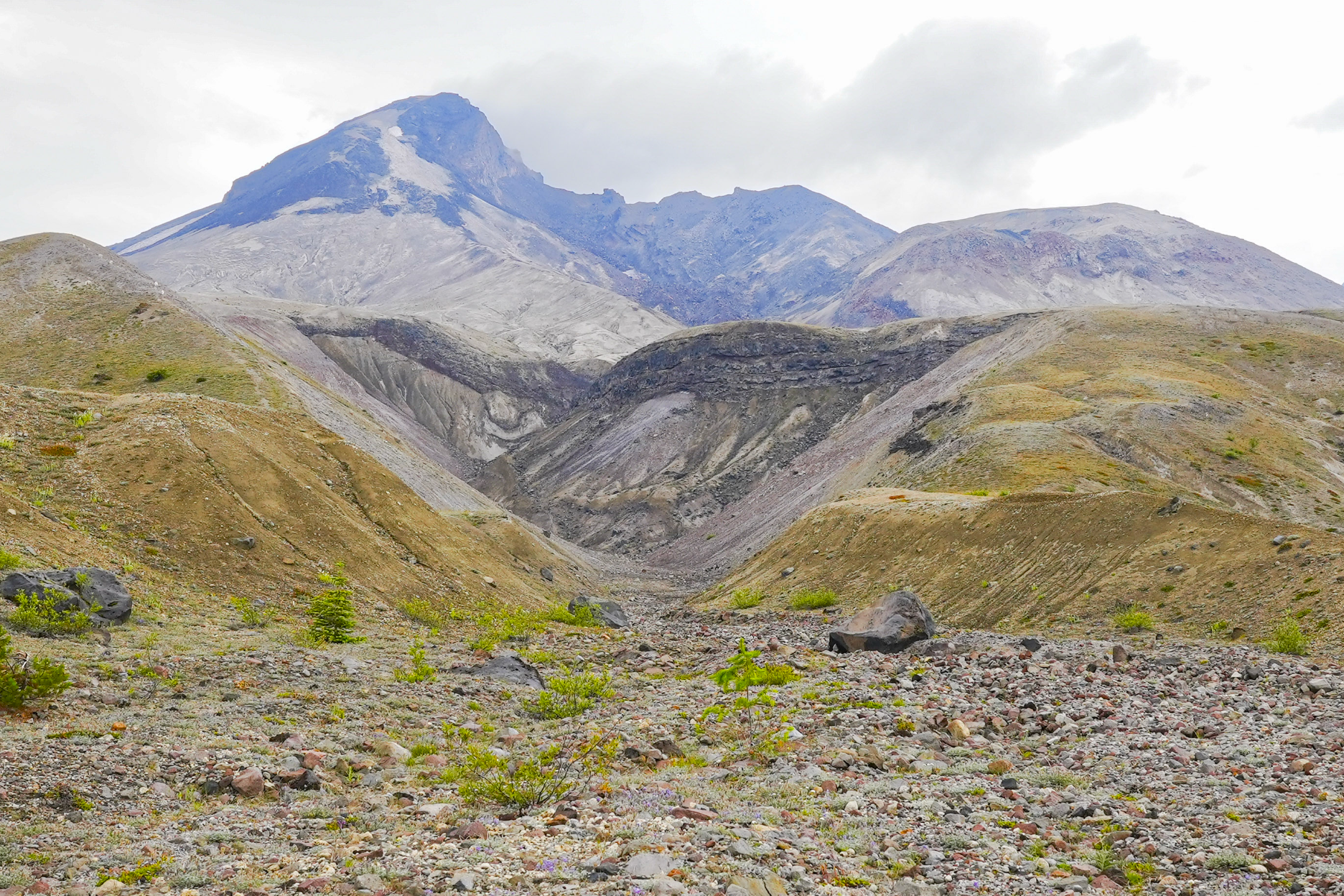
The idea was to understand what impact gophers might have on barren soil, and what the scientists learned was a bit shocking. Within six years, these once-desolate test plots had 40,000 plants while nearby sites remained largely lifeless, and more than forty years later the impact of adding gophers for a single day can still be measured.
I know some people hate gophers, some people love them, and other people hardly know they exist, but these easily-overlooked rodents are one of our most important ecosystem engineers. So, now that spring is here, and gophers are active again, it's worth calling out the important work they do.
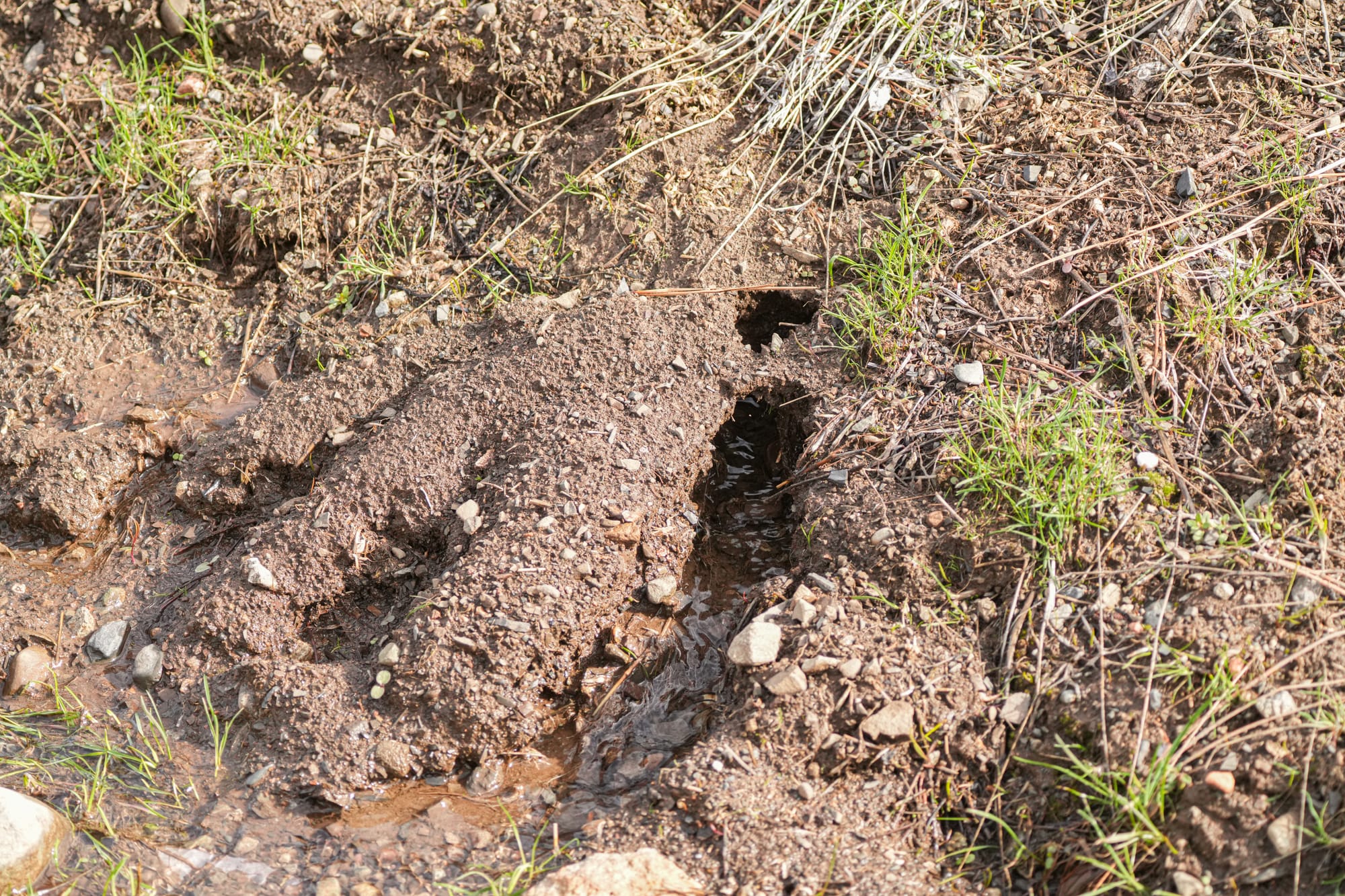
Gophers are fossorial mammals, which means they are highly specialized for digging and spend most of their lives underground building webs of tunnels that can be 500 feet long. Their tunnels give them access to plant roots and bulbs, and provide refuge from predators whenever they briefly emerge to nibble on fresh green shoots.
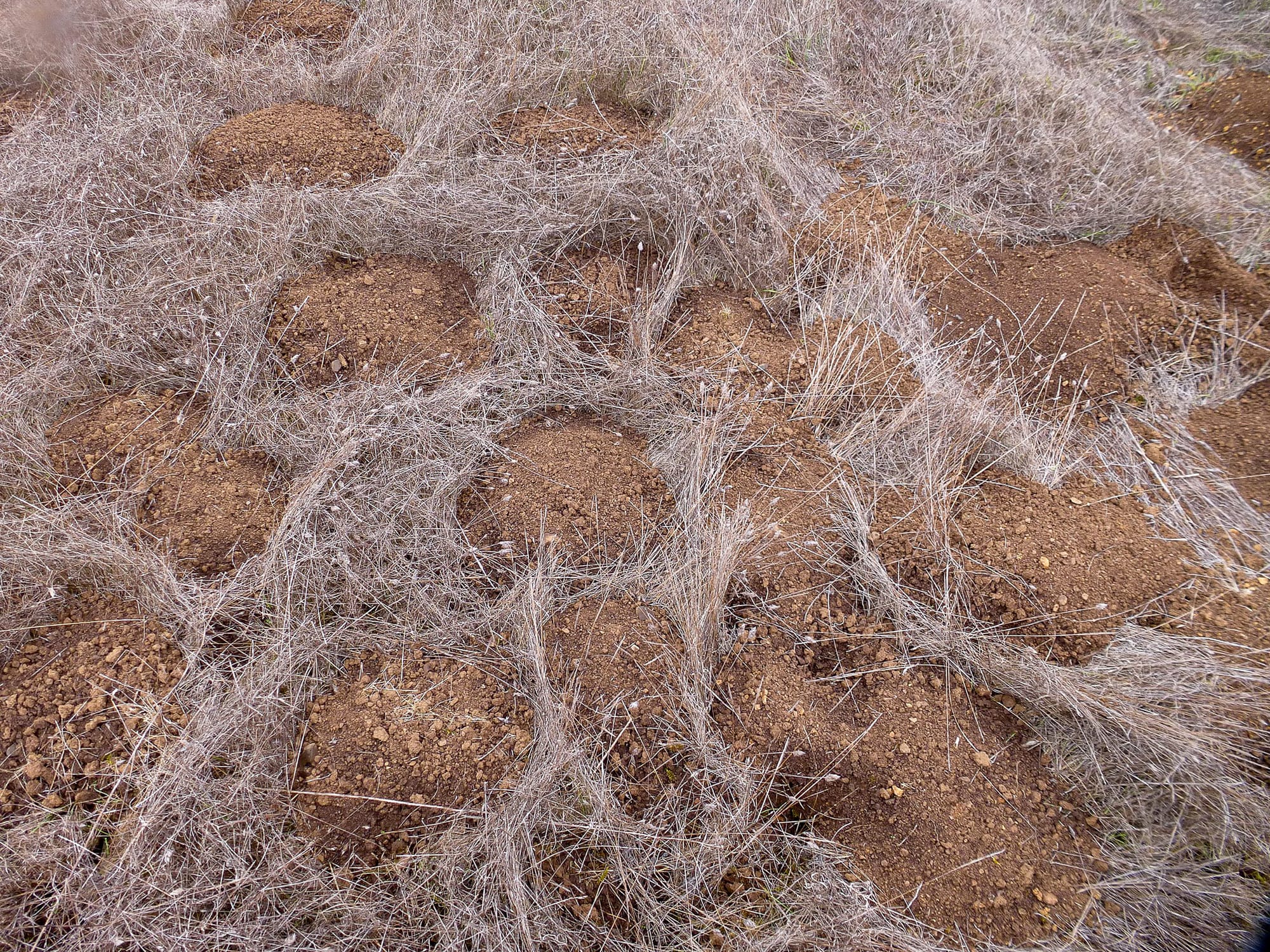
Perhaps you're familiar with the mounds that gophers leave behind as they push dirt out of their burrows, but this is literally just the tip of the iceberg. A single gopher moves 500 pounds of soil each month, and a healthy population of gophers can move 42 tons of soil per acre every year. While a fraction of this dirt ends up on the surface, 40-90% of the dirt they move is simply packed into unused underground tunnels so we never see this activity.
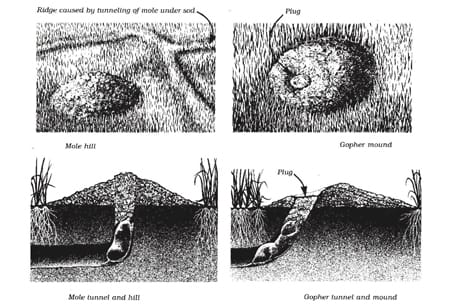
Moles vs Gophers
Both moles and gophers live underground and make mounds of dirt, but there are some key differences between them. For one thing, when they push dirt out of their burrows, moles tunnel straight up, pushing dirt out like an erupting volcano. In comparison, gophers tunnel on an incline, pushing dirt sideways in a fan.
The most striking difference is how they've adapted to their fossorial lifestyles. Living their entire lives in narrow tunnels means they need small hips so they can turn around in their burrows, but having small hips creates a problem when females have to give birth. Moles solve this problem by giving birth above their pelvis (equivalent to the location of our belly button), while gophers secrete a hormone that dissolves the bond between the two pelvic bones long enough that babies can pass through pelvic opening.
Moving this much soil has an immense ecological impact and the biggest impact is that gophers transport and mix soil, keeping the soil fresh and charged with nutrients. In the absence of digging or churning activity, soil becomes trapped in nutrient-depleted layers and can even form a dense hardpan at the surface. However, gophers disrupt these layers and bring mineral-rich soil from deep underground to the surface, forming small islands of nutrients that add diversity to the landscape.
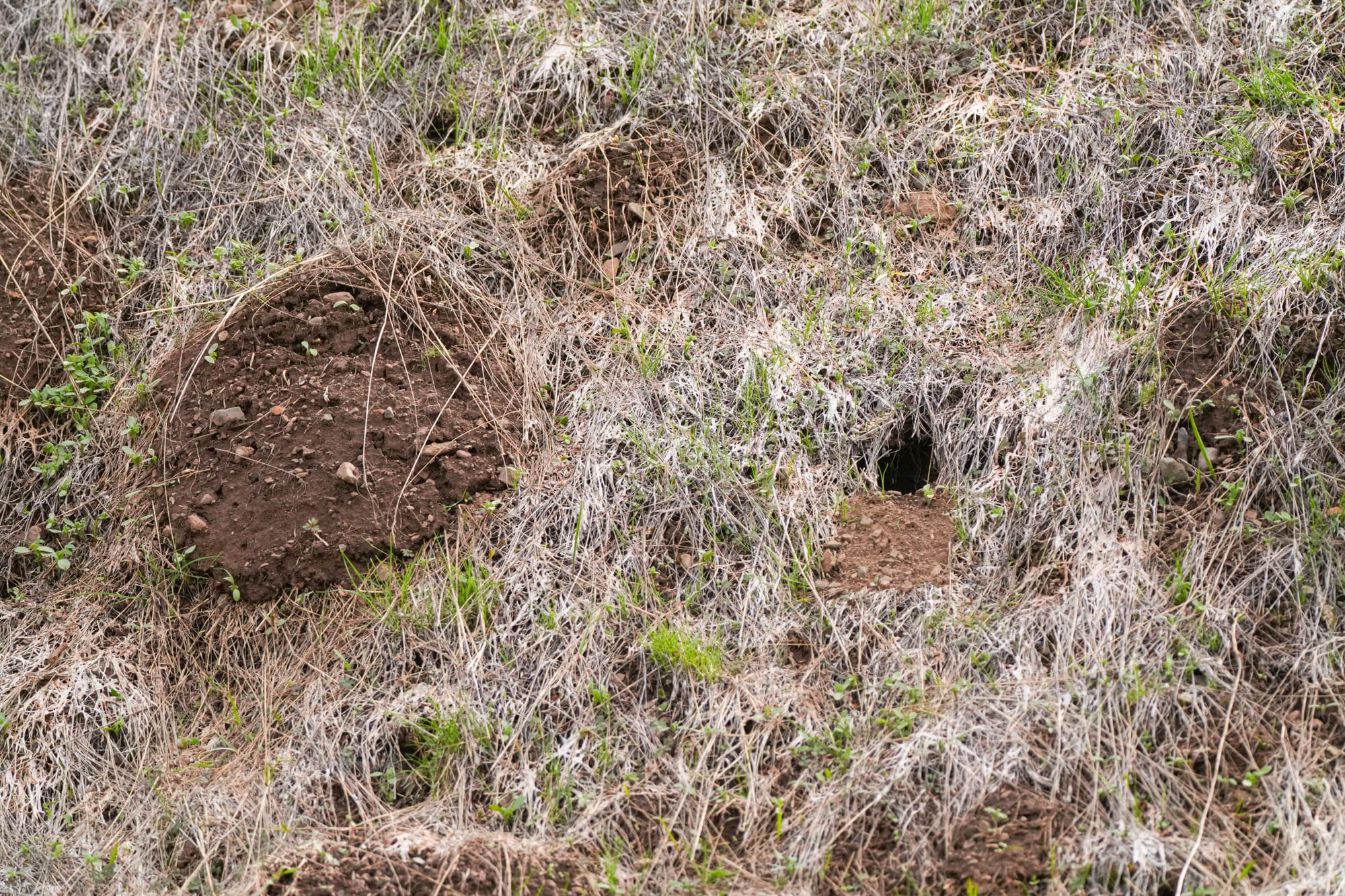
These mounds also provide homes for plants that aren't able to compete with more dominant species. In fact, in spots with gophers the number of annual plants and forbs can increase eight-fold, and the overall productivity of a site might be 5% higher when gophers are around.
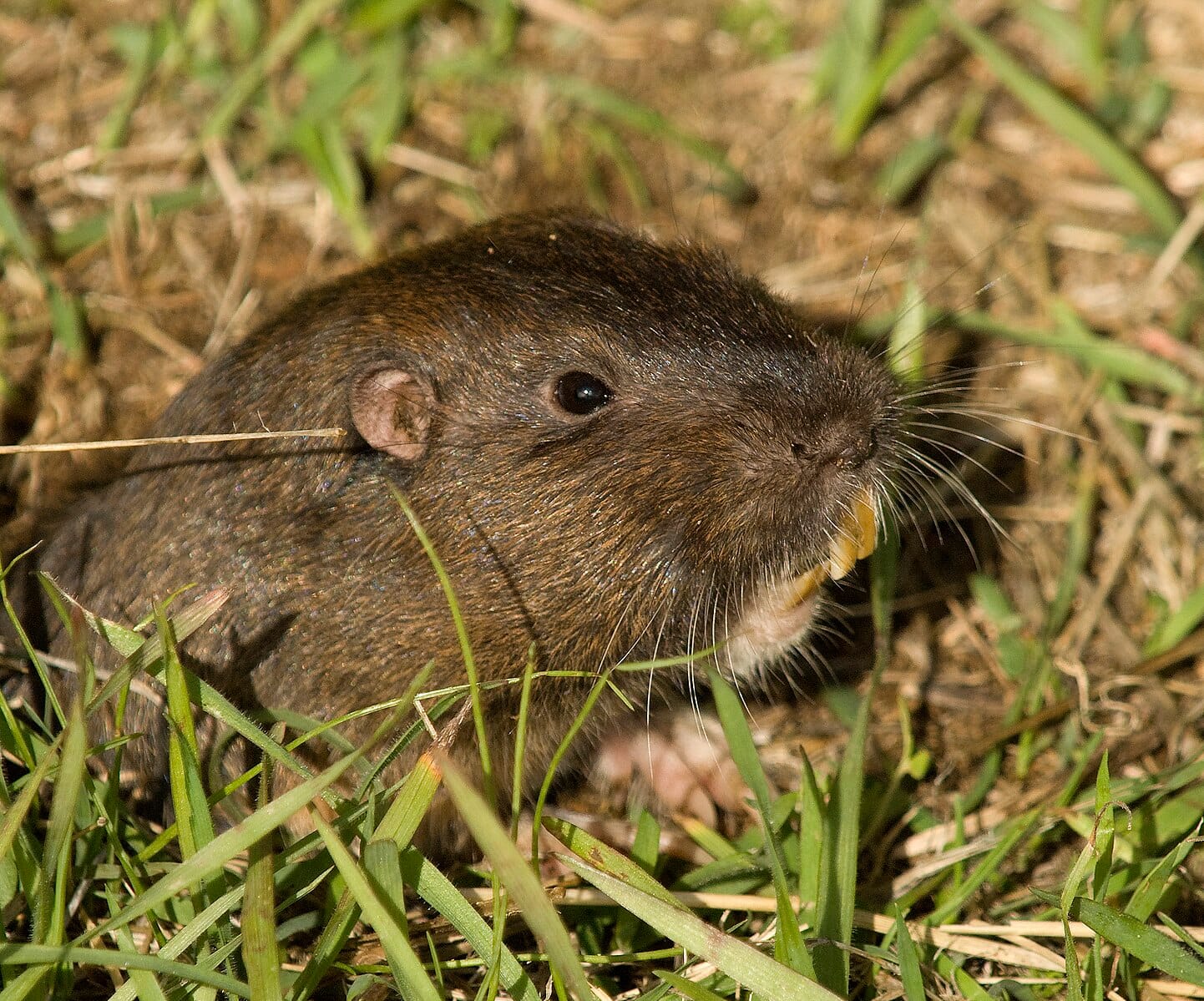
And gophers don't just move soil, they are also moving soil microorganisms, mycorrhizal fungi, seeds, and pieces of roots that resprount in new locations. Their burrows deliver oxygen, promote decomposition, and help drain waterlogged soils, while also providing homes for countless invertebrates, reptiles, amphibians, and other small mammals.
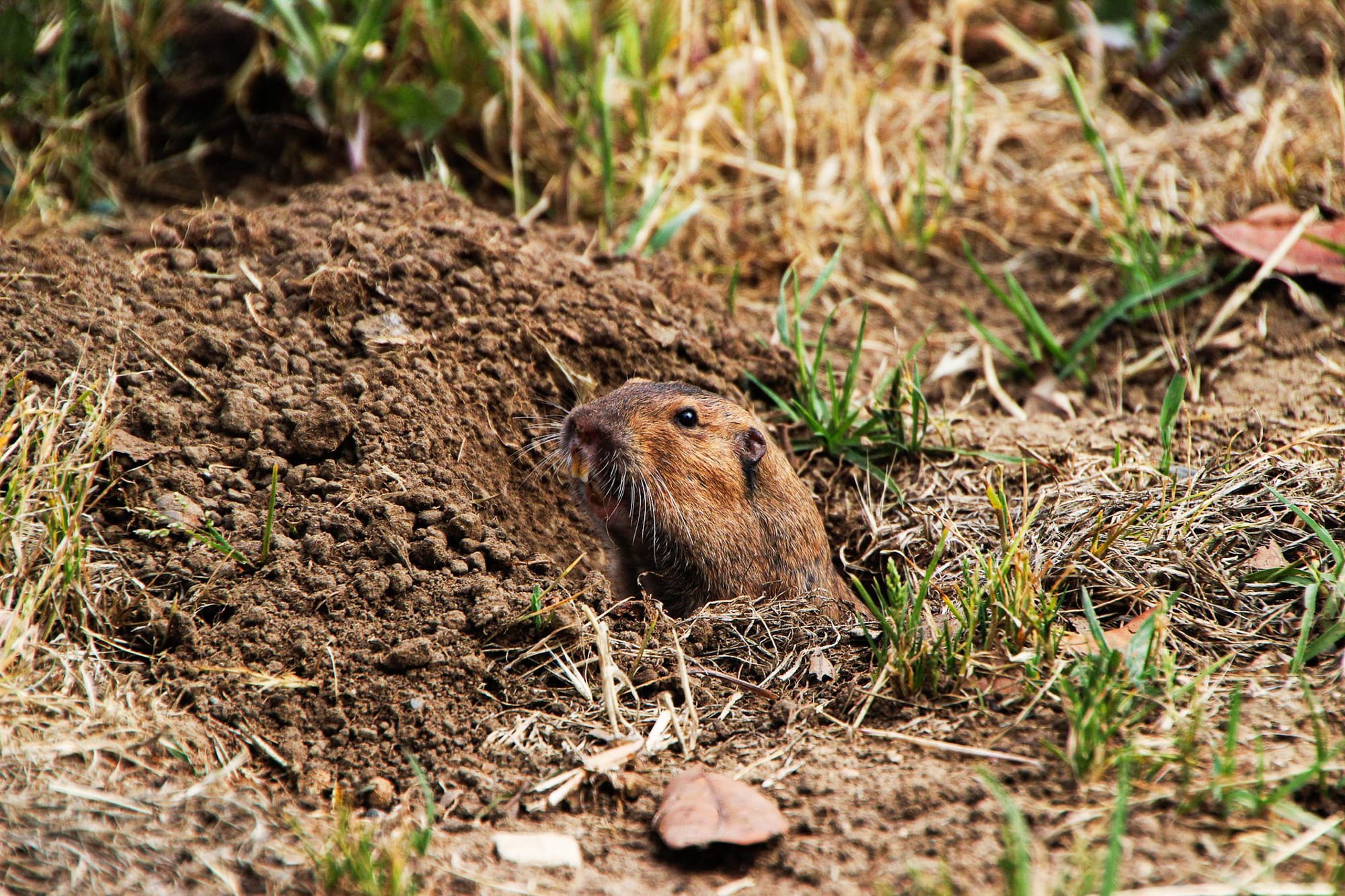
Many gardeners think of gophers as "destroyers" but a better way to think of gophers is that they're "disruptors." Disruption is the gopher's superpower and in this context this is a good thing. Gophers stir up stagnant soil, mix in essential nutrients, and create a vibrant patchwork of habitats—in other words, these furry little rototillers have a profound and positive impact on the environment.

Member discussion